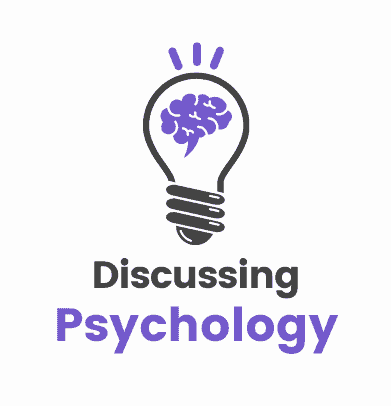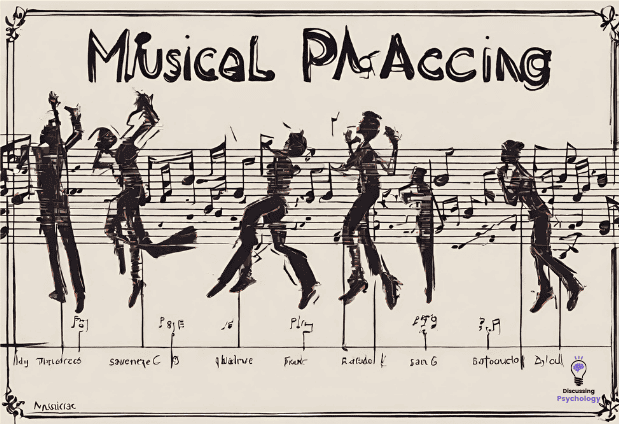Maladaptive daydreaming often involves repetitive movements and behaviors, some of which serve as triggers that intensify daydreaming episodes and prolong the symptoms of this incapacitating condition.
One example of such repetitive behavior is walking or pacing back and forth—which is often accompanied by music.
But why is music used while maladaptive daydreaming? And what role does pacing and other repetitive movements play during habitual fantasizing?
How music and pacing triggers maladaptive daydreaming
The psychological concept of absorption is crucial to understanding the link between maladaptive daydreaming (MD) and the use of music and repetitive movements.
Absorption is a state of intense yet seemingly effortless focus on one particular aspect of your awareness, leading to an altered mental state in which your self-awareness and perception of other things diminishes.
If you’ve ever been so engrossed in a good book that you suddenly look up at the clock and realize you’ve been reading for five hours straight, or been surprised when a long, peaceful drive seemed to be over before it began, you know exactly what absorption is like.
Absorption, commonly referred to as ‘flow’ or simply ‘being in the zone’ is by no means a bad thing, but often serves as the gateway to initiating bouts of maladaptive daydreaming. And music is the key.
Researchers view music as being particularly conducive to creating a state of absorption due to the wide variety of styles and sounds available, the emotive quality, and the source, each providing a unique ‘entry point’ into an engrossed state of focus.
Engaging with music through multiple senses and modalities is also a contributing factor to the strong state of absorption it creates.
Music engages our hearing but can also engage us aurally (if singing along), visually (if watching a performance or music video) and kinaesthetically (if dancing or engaging in repeated movements alongside music, as is the case in MD).
*perfectly times climax of song with most emotional part of daydream*
byu/InfiniteStairs77 inMaladaptiveDreaming
Kinaesthetic activity
Despite the wide range of content and themes on display in the daydreams of different individuals, the physical movement that accompanies these fantasies is surprisingly consistent.
A study into compulsive fantasizing from 2011 interviewed 90 individuals who identified as maladaptive or compulsive daydreamers and found that roughly 4 out of 5 of them engaged in repeated or ritualized kinesthetic activity while daydreaming.
Often this involved pacing, but other movements reported included the following:
- Rocking while sitting
- Swinging the arms and legs
- Spinning
- Rubbing the hands
- Repeated hand movement such as flapping
- Thrashing and violent movements while laying down
Quotes from interviews conducted throughout this study highlight the compulsive, disruptive nature of this need to be active while daydreaming:
“Definitely pacing. I can’t stop myself from doing that. I have to pace when I’m dreaming even if my feet ached or if it is two in the morning and I’m already in bed”
“The main thing I do is pace back and forth, always needing to touch the walls as if to bounce off of them. I rub my hands a lot as if I can feel the urge under my skin…”
Related: Curious whether you might have maladaptive daydreaming traits? If so, take our free online maladaptive daydreaming quiz.
Music

Listening to music is a central component of MD. Research from 2015 found that music is often the initiating trigger to sessions of daydreaming and serves to maintain the daydreaming state.
Those who use music to facilitate their fantasies tend to engage in daydreaming for longer, and this was positively linked to overall severity of the condition.
Other forms of media can also serve as triggers to maladaptive daydreaming, although less frequently than music. These include:
- TV
- Books
- Internet use
Some patients with MD view the idea of external triggers to MD as being inaccurate, instead viewing MD as their default state that is only interrupted when specific situations arise.
In the words of one interviewee:
“When I am doing nothing that needs full concentration then I daydream automatically. A better question is: When does it stop?”
Time to face the music
Many people with MD find it extremely difficult to fight the uncontrollable urge to daydream. Some find themselves reluctant to try and wake up from fantasy worlds they have often spent years cultivating.
The reality, however, is that maladaptive daydreaming can take over your life, leading to a very poor quality of life and a high risk of mental illness. And engaging in maladaptive daydreaming while pacing with music only makes it worse.
Future research should focus on finding ways to help patients stop maladaptive daydreaming, so they can break free of their compulsive fantasies and find a way to feel fully comfortable in the real world.
- Bigelsen, J., & Schupak, C. (2011). Compulsive fantasy: Proposed evidence of an under-reported syndrome through a systematic study of 90 self-identified non-normative fantasizers. Consciousness And Cognition, 20(4), 1634–1648. https://doi.org/10.1016/j.concog.2011.08.013
- Butler, L. (2006). Normative dissociation. Psychiatric Clinics of North America, 29(1), 45–62. https://doi.org/10.1016/j.psc.2005.10.004
- Herbert, R. (2011). Musical and non-musical involvement in daily life: The case of absorption. Musicae Scientiae, 16(1), 41–66. https://doi.org/10.1177/1029864911423161
- Somer, E., Soffer-Dudek, N., & Ross, C. (2017). The Comorbidity of daydreaming disorder (Maladaptive Daydreaming). Journal Of Nervous and Mental Disease, 205(7), 525–530. https://doi.org/10.1097/nmd.0000000000000685
- Somer, E., Somer, L., & Jopp, D. (2016). Parallel lives: A phenomenological study of the lived experience of maladaptive daydreaming. Journal Of Trauma and Dissociation, 17(5), 561–576. https://doi.org/10.1080/15299732.2016.1160463
- Uslu, H. (2015). Understanding the relationship between media use and maladaptive daydreaming. Master’s Thesis. Georgetown University, Washington D.C. https://www.proquest.com/openview/38fa5a28cc18376cf2d09aaf5340defd/1?pq-origsite=gscholar&cbl=18750

